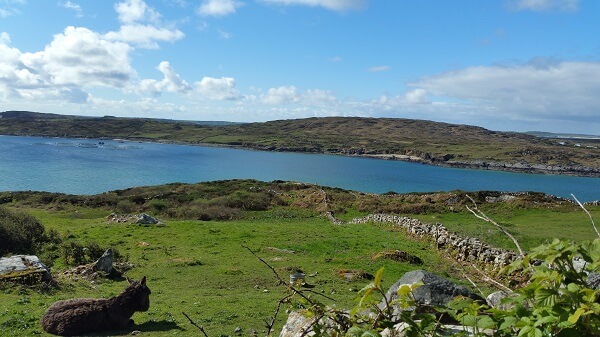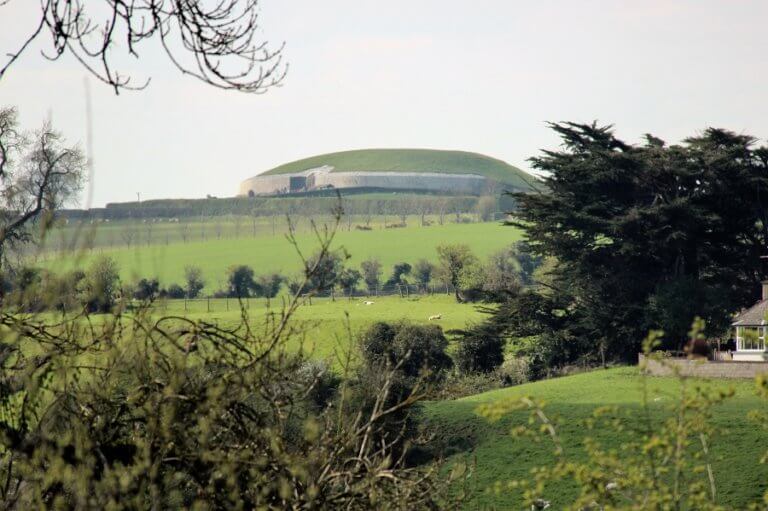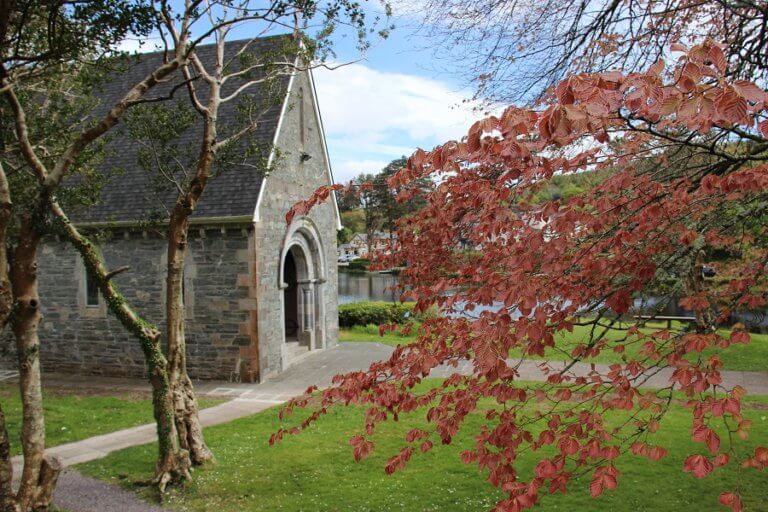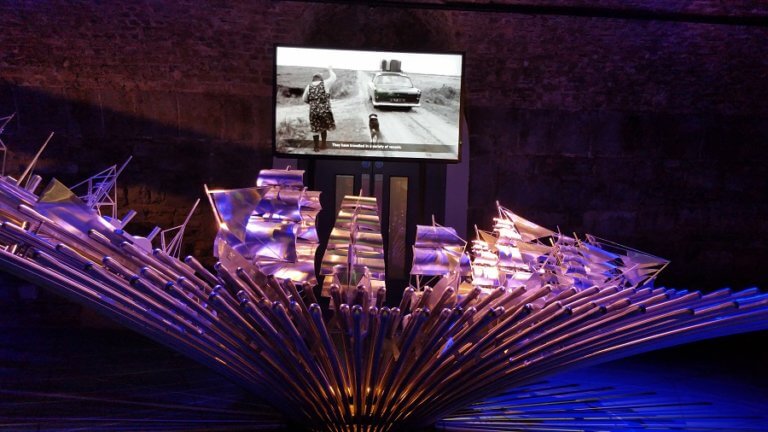Day 75 30 April 2017
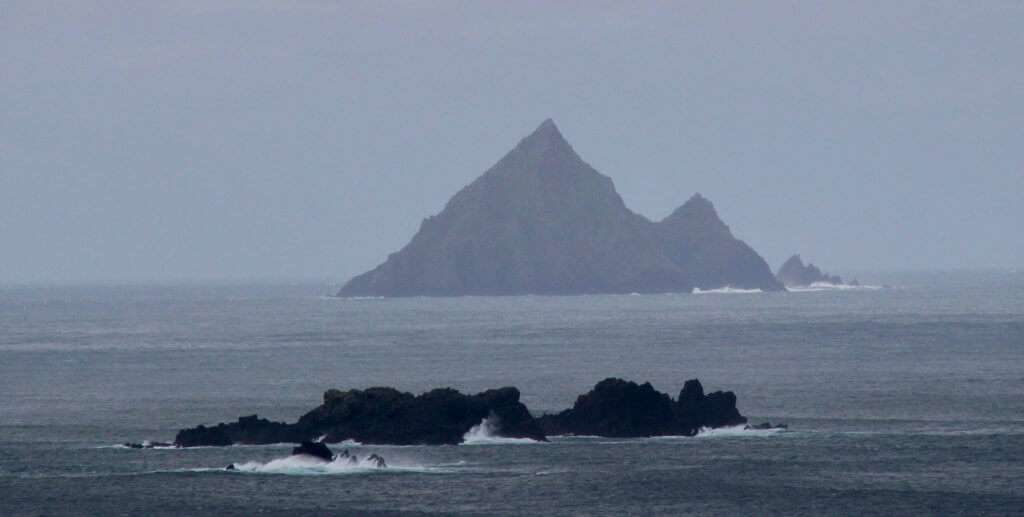
Awoke to another wild an woolly day looking over the Blasket Islands from the Hostel.Had a wonderful conversation with Fred and Susan from Cologne who had walked into the hostel he night before having completed about 70km of a 150 km walk around the peninsular.Fred had walked with his son across the Negev desert and his son was about to complete a bicycle ride for charity from Europe to Vietnam,He very proudly showed us the website outlining the journey which can be found at http://pedalforhumanity.eu.It turned out that his son Jakob had also completed a year’s volunteering in Timor-obviously a young man on a mission.
We had another chat with the Irish couple who we had met the night before thoroughly lovely people.
On then to the Blasket Visitors centre a lovely long building with commentary and photos on each wall ending in a glass view over the waves, the rocks and the Islands themselves.The islands themselves are wild and rocky and we found ourselves entranced by them and their story.
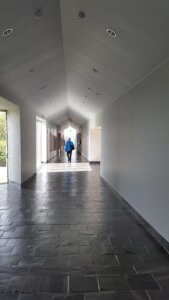
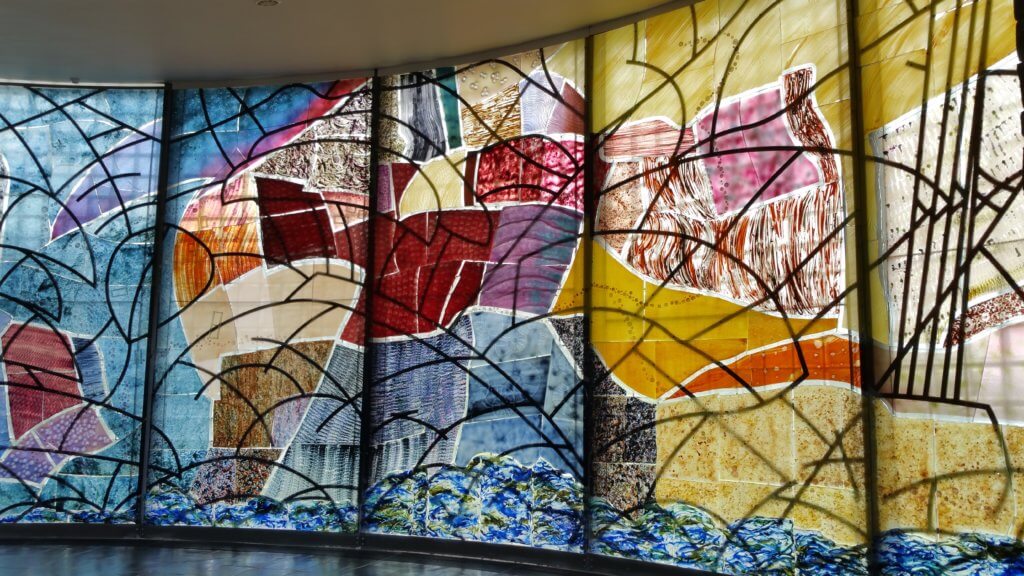
The main focus was on the largest island The Great Blasket which had been inhabited up until 1954 by a community sometimes reaching 176 people.This community became the object of interest to many academics and writers in the early twentieth century because of its use of Irish as the prime form of communication and the ability of the inhabitants as story tellers.As a result the island produced an amazing number of published authors given the small population.We had already been told about a book by one of the islanders “Peig” which was the story of her life on the islands-apparently it has been compulsory reading at Irish schools for years.As part of the visitor’s centre there is an audio visual presentation.Whilst most of the time was spent interviewing former islanders and their descendants they also had aerial film of the islands and one caught my eye in particular.It turned out to be and abandoned lighthouse as the most westerly point of Europe called Inishtearagh.I guess what fascinated me was the level of construction that had taken place on such a remote place that appeared impossible to be built upon.You can see from the photo that a railway was built from the “harbour’ to the lighthouse keepers cottage.Nowadays no one lives there and it is visited periodically by maintenance crew who arrive by helicopter.An incredible feat of engineering!
The rest of the exhibition told of the many trips to the Great Blasket by writers and academics and of the successful authors that had come from Great Blasket.See a summary of life on the islands here Blasket History Overview
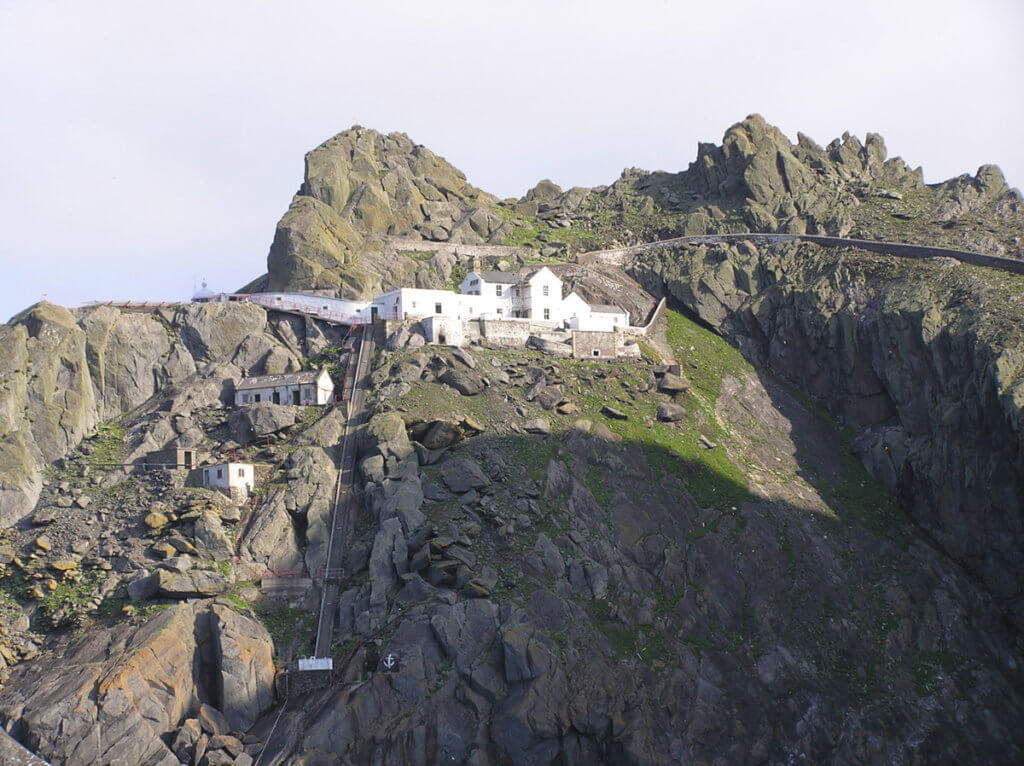
After visiting the centre we headed off visiting the Gallarus Oratory(Chapel) on the way.The date of the structure is disputed and ranges from the 8th century to the 12th.Even the meaning of the name Gallarus has created a debate but what is not in dispute is the ingenuity of the design.It is impressive that it is constructed simply by stones fitting together without concrete or mortar.And although it is common to see drystone fences all over Ireland the fact that this building incorporates an arch makes it special.
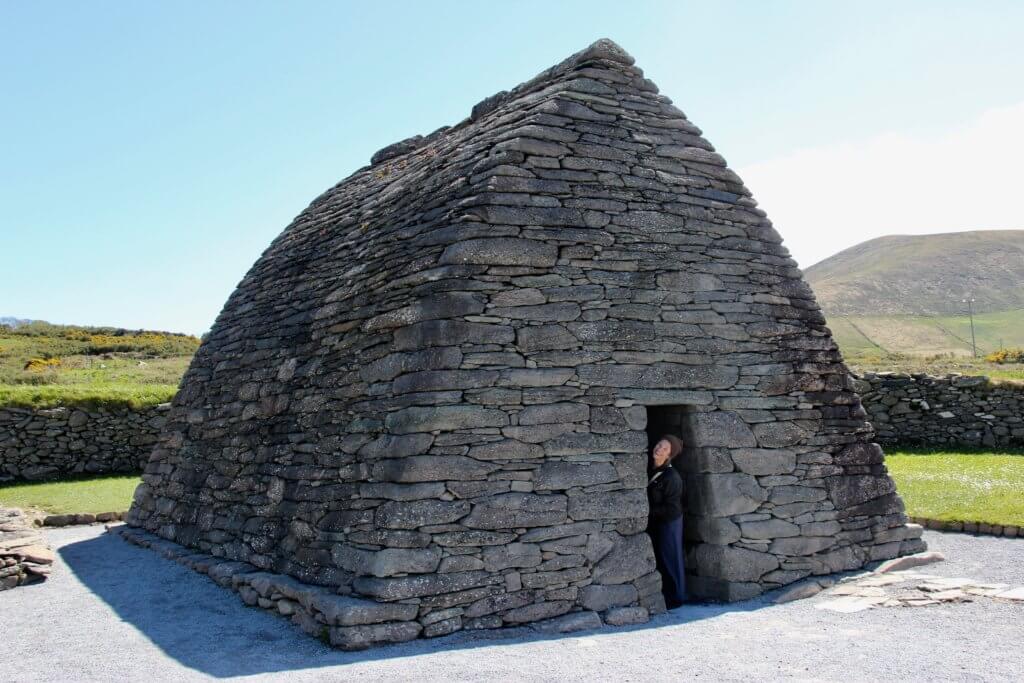
After a quick visit we hit the road again for our next overnight.
